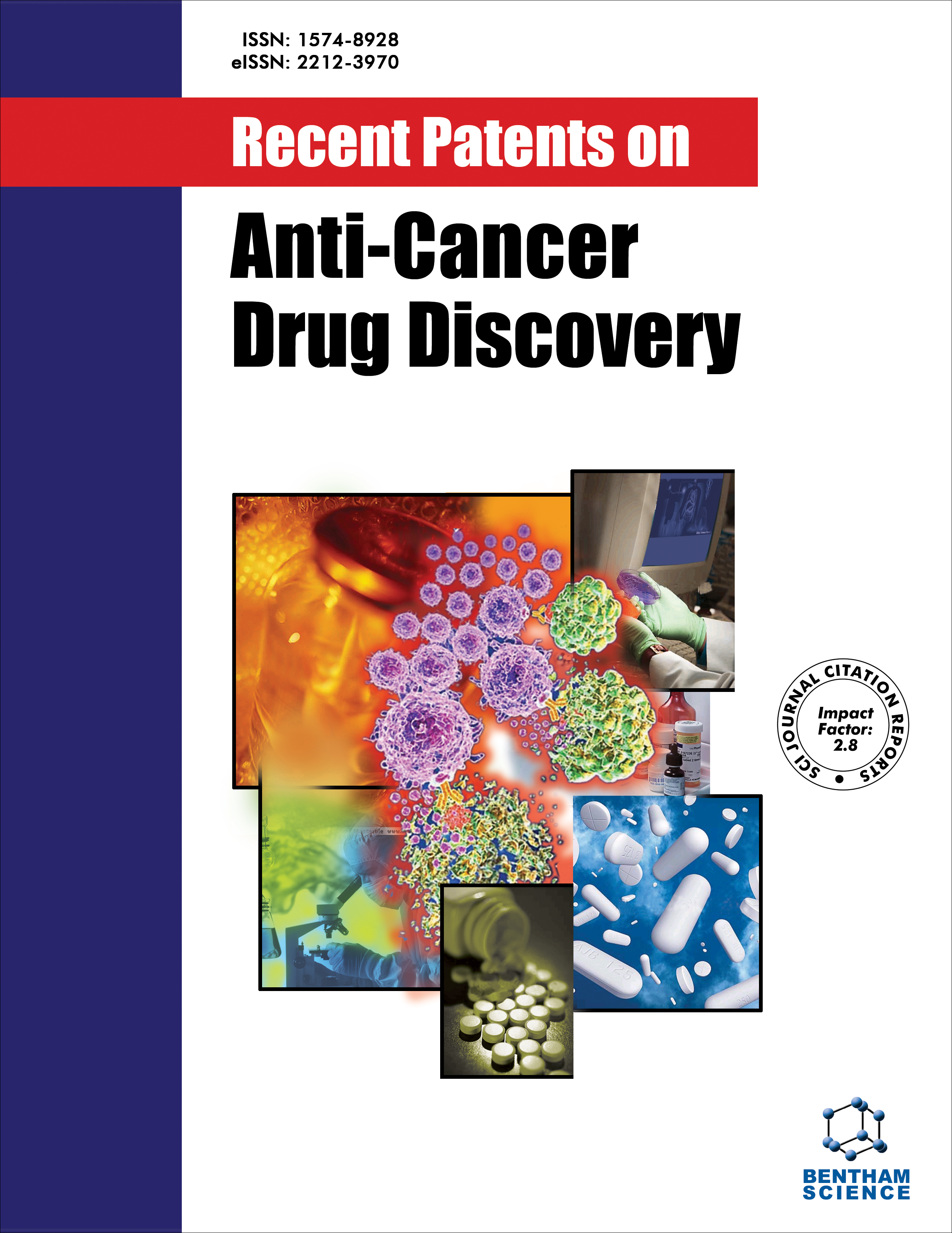
Full text loading...
Selinexor treats lung cancer, particularly non-small cell lung cancer (NSCLC) and small cell lung cancer (SCLC). This review summarizes the prevalence and types of lung cancer and emphasizes the challenges associated with current treatments like resistance and limited effectiveness. Selinexor is a selective inhibitor of nuclear export (SINE) that has emerged as a potential therapy that targets the nuclear export of tumor suppressor proteins. The mechanisms of selinexor, its potential in combination therapies, and challenges like side effects and drug resistance are explained in this review. Key findings highlight the effectiveness of selinexor in preclinical studies, particularly against KRAS-mutant NSCLC and in combination with chemotherapy for SCLC. The review concludes with a discussion of future directions and underscores the potential of selinexor to improve the treatment strategies for lung cancer.

Article metrics loading...

Full text loading...
References


Data & Media loading...

